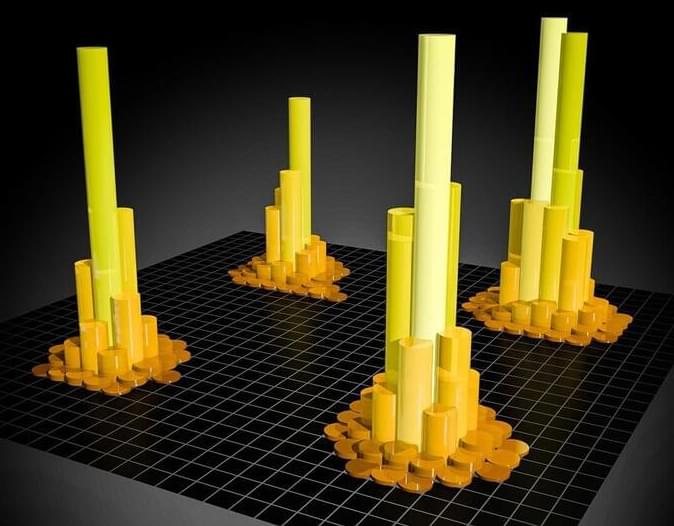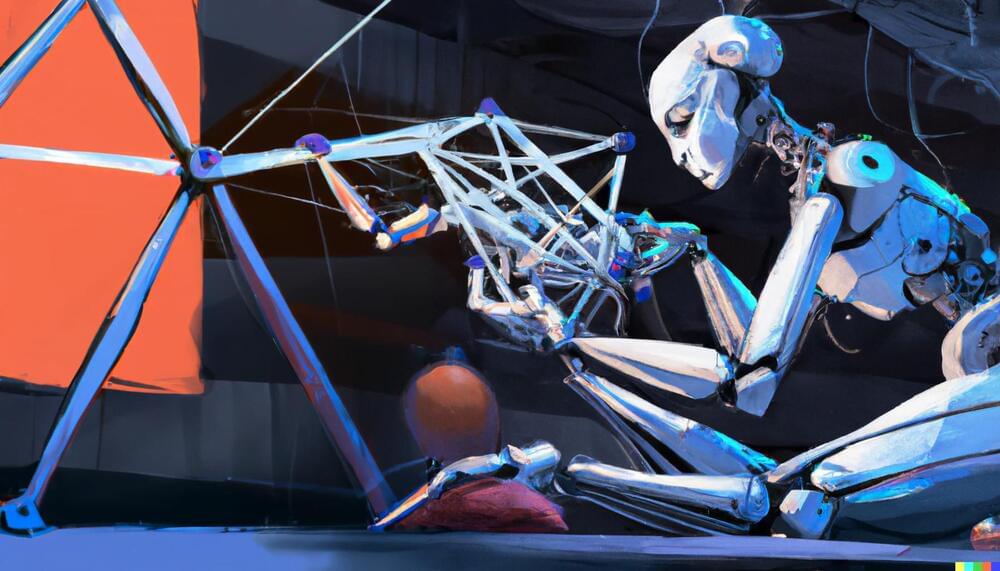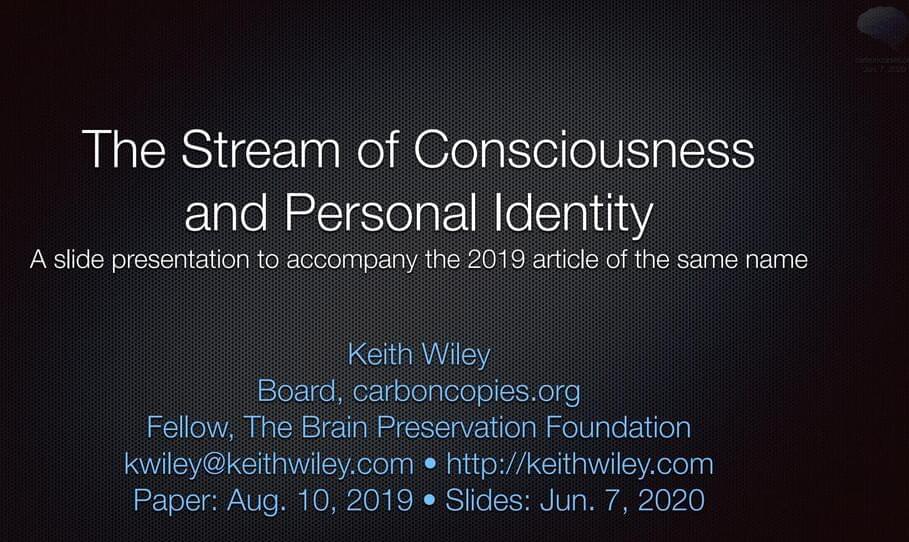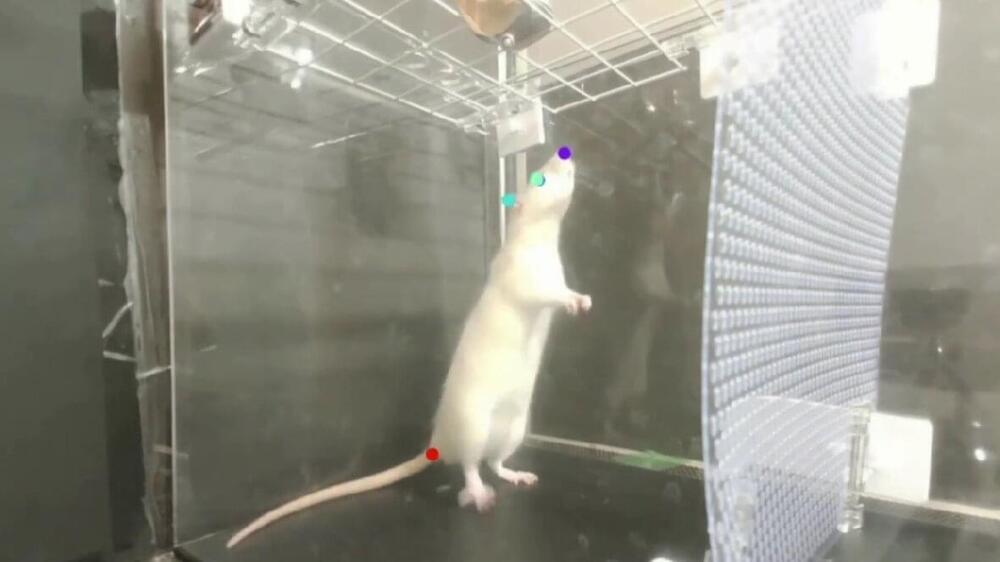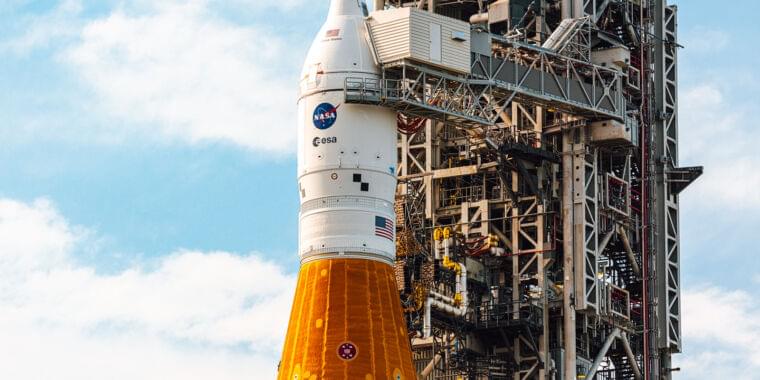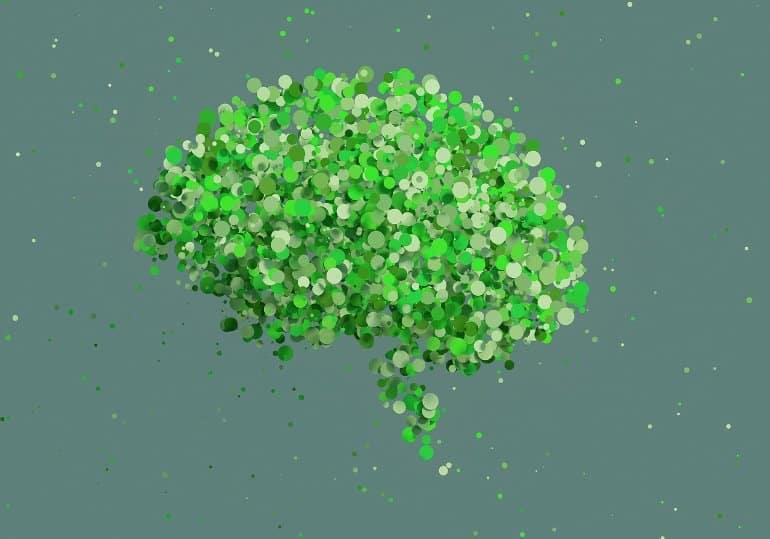Aspiring bakers are frequently called upon to adapt award-winning recipes based on differing kitchen setups. Someone might use an eggbeater instead of a stand mixer to make prize-winning chocolate chip cookies, for instance.
Being able to reproduce a recipe in different situations and with varying setups is critical for both talented chefs and computational scientists, the latter of whom are faced with a similar problem of adapting and reproducing their own “recipes” when trying to validate and work with new AI models. These models have applications in scientific fields ranging from climate analysis to brain research.
“When we talk about data, we have a practical understanding of the digital assets we deal with,” said Eliu Huerta, scientist and lead for Translational AI at the U.S. Department of Energy’s (DOE) Argonne National Laboratory. “With an AI model, it’s a little less clear; are we talking about data structured in a smart way, or is it computing, or software, or a mix?”
